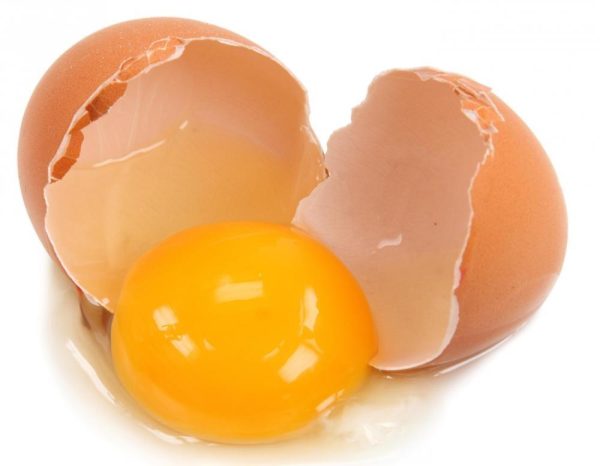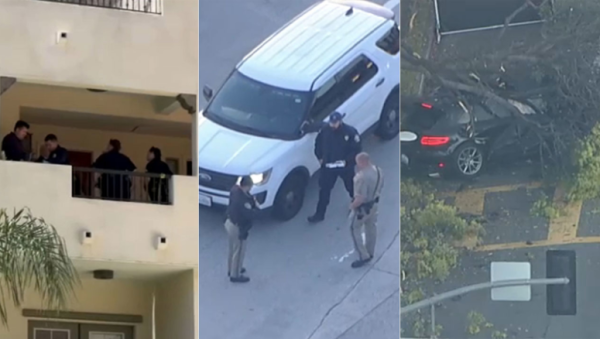The Attempted Recall of Governor Newsom
The current governor of California, Gavin Newsom, is facing a recall led by the Republican party. A recall is the process of the people voting to remove the current governor out of office if they believe they are not correctly upholding the state. California registered voters will receive ballots via mail and can send them back by mail or hand them in in person. Each voter is asked whether Newsom should be recalled from office and who should replace him if he were to be recalled. If 50 percent of the votes state Newsom should be recalled, then the candidate with the most votes from the second question will be elected into office.
California is one of the 20 states that allow for a recall. A recall requires a major financial banking institution to support the signature gathering. In this case, the financial institutions backing the recall are conservative corporations. There are also required minimum amounts of constituent signatures to perform a recall. According to the Secretary of State, “to qualify a recall of the Governor for the ballot, proponents need a minimum of 1,495,709 valid petition signatures. This is equal to 12 percent of the votes cast for the office of Governor in 2018, which is the last time the office was on the ballot… The total number of votes cast for Governor in the 2018 election was 12,464,235.” [1]
For the recall to happen, the Republican party needed valid petition signatures by Nov. 17, 2020. At first, the organizers of the campaign said nothing about how many signatures had been acquired by Nov. 5, 2020 which was the end of the fifth signature reporting period. However, Superior Court Judge James P. Arguelles extended the signature deadline to Mar. 17, 2021 because the pandemic limited the number of signatures acquirable. On Feb. 10, 2021, the organizers announced that they had 1.5 million signatures which were enough for the recall to happen. “(In reality, as many as 2 million signatures are needed to account for those that are duplicates or invalidated.) Newsom’s critics gathered 1,626,042 valid voter signatures, according to a report issued April 26 that contained information collected from elections officials in California’s 58 counties,” according to the L.A. Times. [2]
With the announcement of the recall of Governor Gavin Newsom, candidates began their campaign in an attempt to replace the governor. Candidates must be U.S. citizens that either pay a filing fee of $4,000 or have 7,000 submitted signatures supporting their campaign. Each candidate is given 59 days before the election to file. “There are 46 names on the certified ballot, though former Congressman Doug Ose withdrew this week after suffering a heart attack The 24 Republican candidates include talk radio host Larry Elder, Kevin Faulconer, the former San Diego mayor; businessman John Cox, who was defeated by Newsom in 2018; Caitlyn Jenner, a reality TV personality and former Olympian; and Assemblyman Kevin Kiley. There are nine Democrats, 10 independents, two Green Party members and one Libertarian. No Democrat with political stature decided to run,” according to Associated Press. [3]
If Governor Gavin Newsom is successfully recalled then California will most likely be governed by a Republican politician. California is relatively a more Democratic state so having a Republican governor could cause complications. A Democratic state suddenly switching to a governor of the opposite party causes a discrepancy between the political ideals. The people and governor will have opposing views. With a state so accustomed to democratic beliefs a change of power would cause conflict amongst the state.
The election date is Sept. 14, 2021 and the votes will be counted then. If a majority of voters state “no” for Newsom’s recall then he remains in office until the end of his term. If the majority vote “yes” then the candidate with the majority of votes becomes governor until the end of the current term.
UPDATE: Democratic Governor Gavin Newsom defeated the Republican-backed recall attempt. With the abundance of votes stating “no” on Newsom’s recall the likelihood of Newsom being elected for governor in the 2022 midterm election is very high. Newsom carried the recall vote with over 63% support, additionally, “Newsom’s “stop the recall” campaign raised more than $71 million, a stunning figure that completely overwhelmed all of his GOP rivals. A Newsom campaign source says the Democratic governor will wake up Wednesday morning with $24 million of cash on hand for his re-election and an “online army” of volunteers that he can reconnect with as his future unfolds,” according to CNN. [4] Newsom has both the support of the people and the financial banking for a successful campaign for governor in the 2022 elections.






